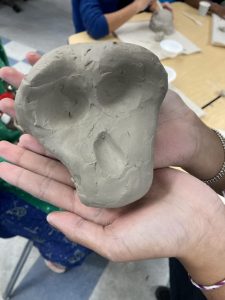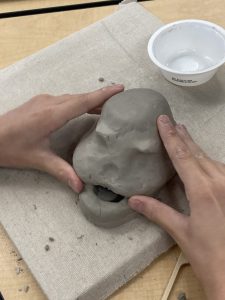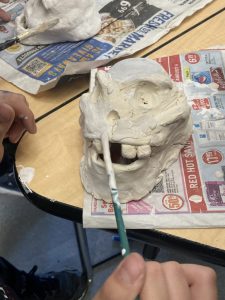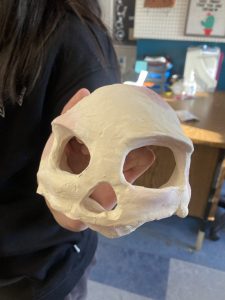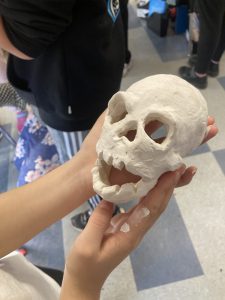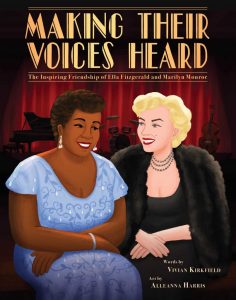Our class took on our most complicated recipe yet… a fruit crisp! We learned that fruit crisps can be made with a variety of types of fillings, including: strawberries, apples, peaches, mangos, cherries, and more! They are also a very economical and delicious way to use up extra fruit, or even frozen fruit!
The topping of our crisps used rolled oats, flour, sugar, and cinnamon along with melted butter. We measured our ingredients carefully and worked collaboratively to make individual sized desserts.
Most of us were very excited with how our fruit crisps turned out. Please feel free to click the recipe above to try making it at home.

